On November 13, a watchdog for Japan’s nuclear program, the Nuclear Regulation Authority (NRA), disqualified the Tsuruga No. 2 reactor from operation due to safety concerns. This is the first rejection concerning safety with regard to the 2011 Fukushima disaster. The claim being that the reactor was underneath fault lines—putting it in danger from an earthquake—which went unaddressed by lead operation directors.
The Tsuruga No. 2 is comprised of a pressurized water reactor (PWR), which is owned by Japan Atomic Power Co. and supplies upwards of 9.0+ GWh (gigawatt-hour) of electricity.
The government of Japan is cautious on the usability of reactors of this type on fault lines, with its most recent earthquake event being a 7.5 magnitude earthquake on Jan. 1, 2024. People living within the vicinity of the Shika nuclear power plant put out a petition to ask for a pause in screenings for reactors until the damage could be accessed.
This puts the operators of Tsuruga No. 2 in a difficult position as they hope to meet the government’s push towards a renovated energy sector regarding nuclear energy and carbon neutrality. Chief Cabinet Secretary Yoshimasa Hayashi has sided with the watchdog by saying they respect the decision and want to see more safeguards enforced before the reactor can be restarted.
Two other reactors in the Noto Peninsula also received minor damage from the earthquake, which brings scrutiny on the operators to bring more stringent safeguards to Tsuruga No. 2 reactor in the northernmost corridor of central Japan.
Japan’s push for nuclear power and decarbonization has not stalled, however, with another reactor making the necessary adjustments to pass inspections in light of the Fukushima disaster. The Onagawa nuclear power plant in Miyagi Prefecture—in the northeasternmost end of the peninsula—operated by Tohoku Electric Power was able to bring its No. 2 reactor online. The company plans to restart power production in the next month, which halted in November due to an internal measuring device that keeps track of measurements within the reactor.
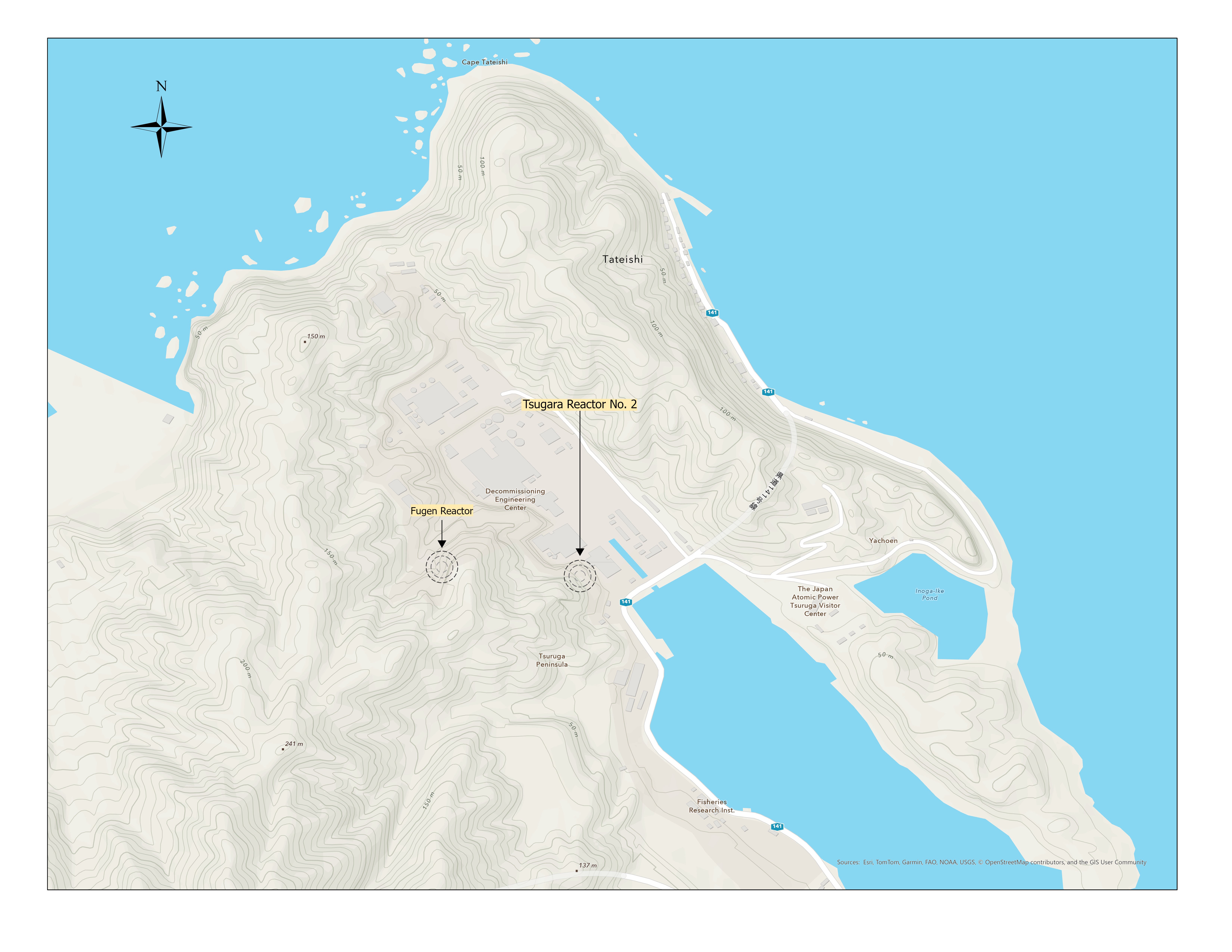
Tsuruga No. 2 will require a continued investigation by the Japan Atomic Power Company (JAPC) concerning active fault lines, which is the initial cause for dismissal. Chairman Shinsuke Yamanaka of the NRA will re-screen the compiled report given by JAPC in the coming fall of next year, but states, “The plan for additional investigation lacks specifics, and the period of the investigation is unclear.”
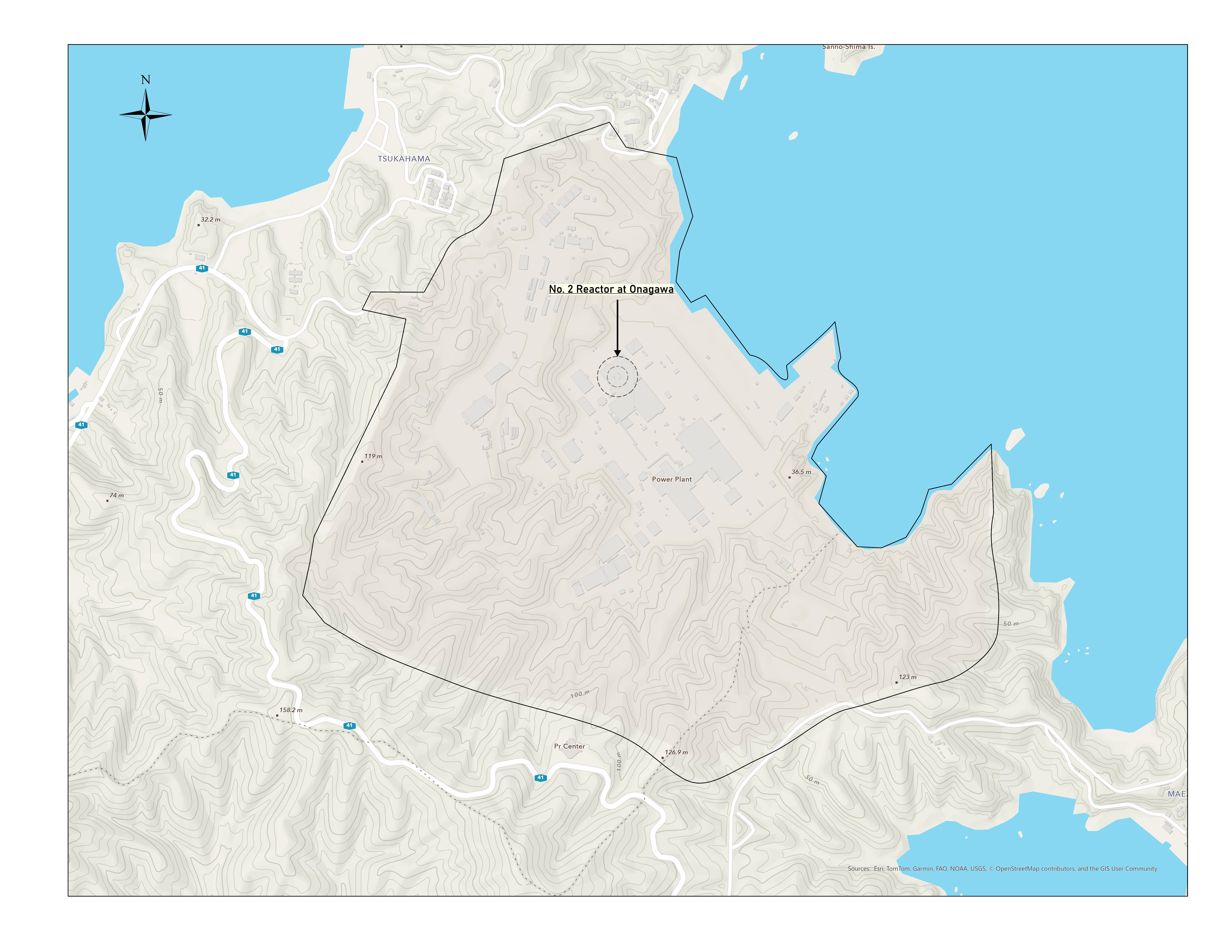
The Onagawa will now rely on operators to maintain safety checks with the NRA and keep track of the fault line directly underneath the reactor to avoid another Fukushima-style disaster.


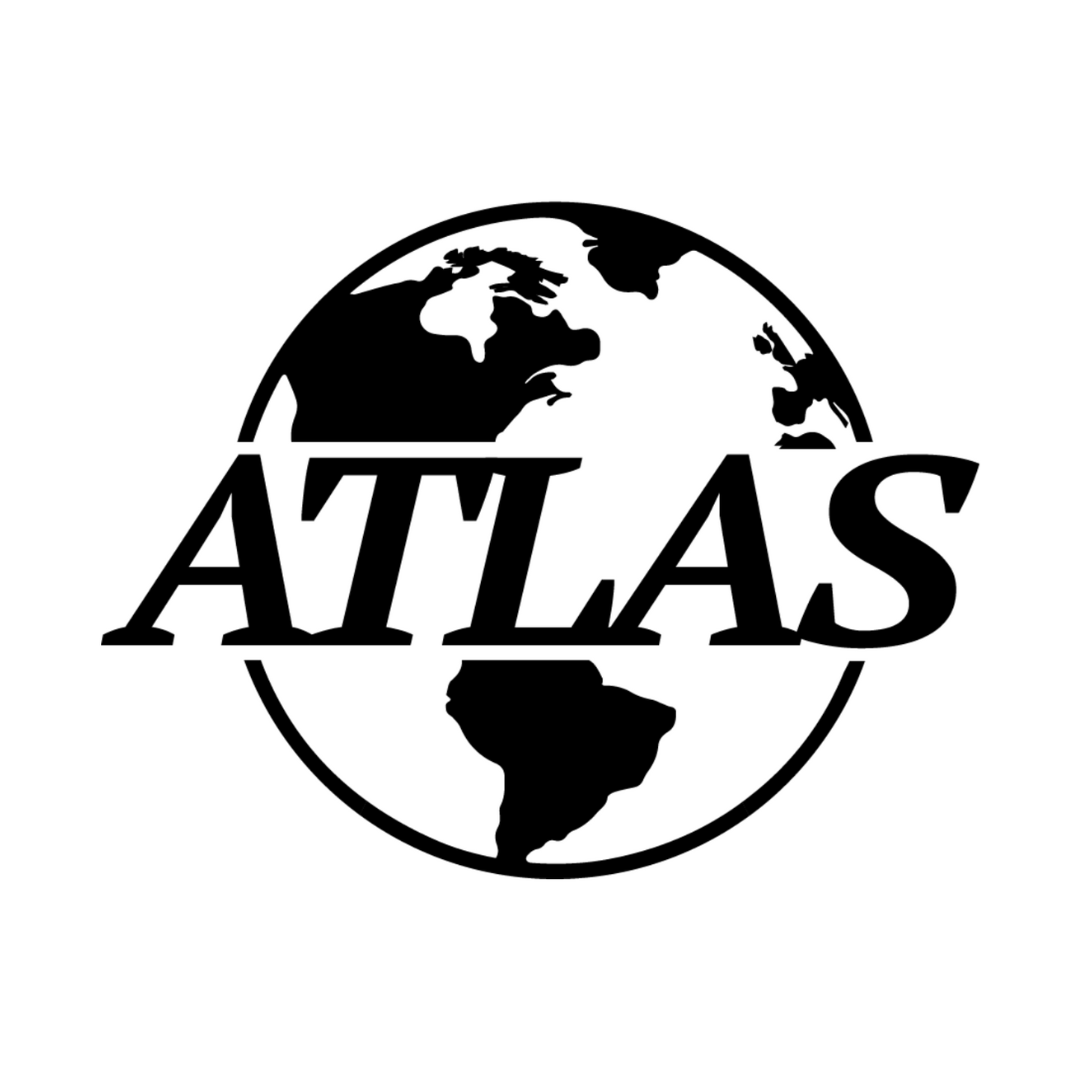
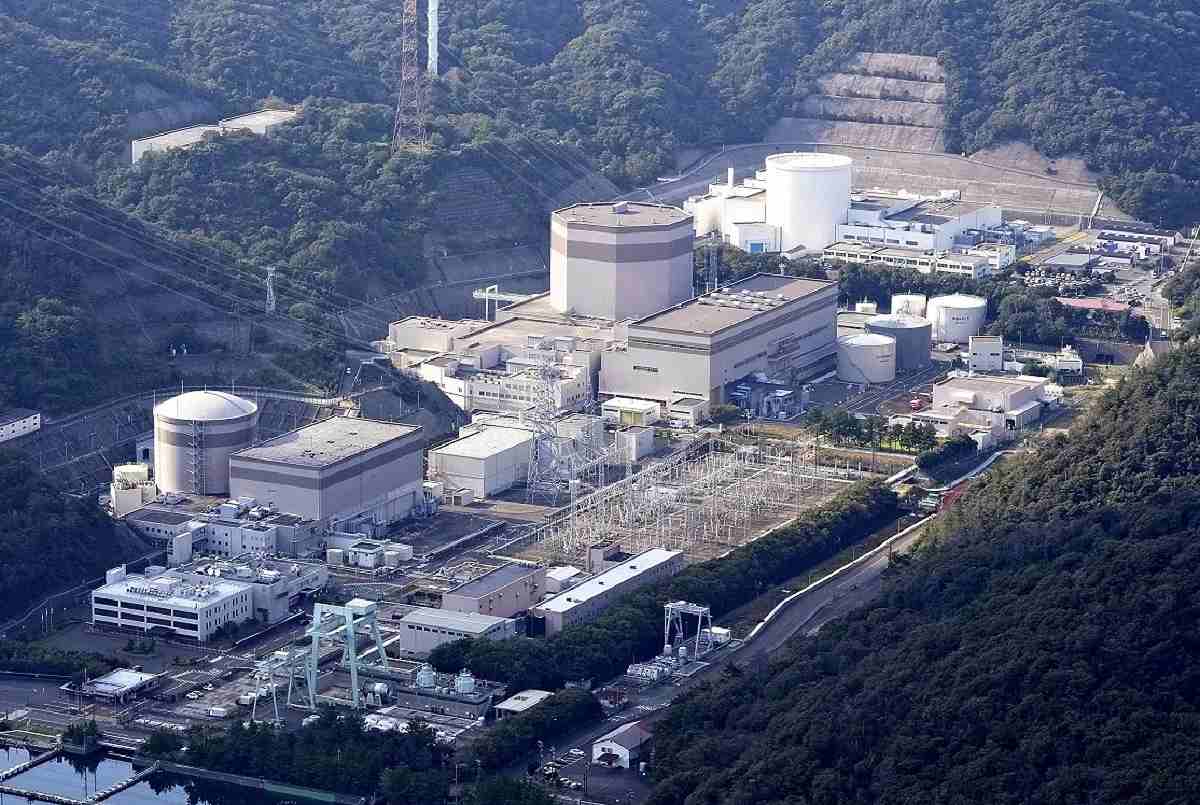
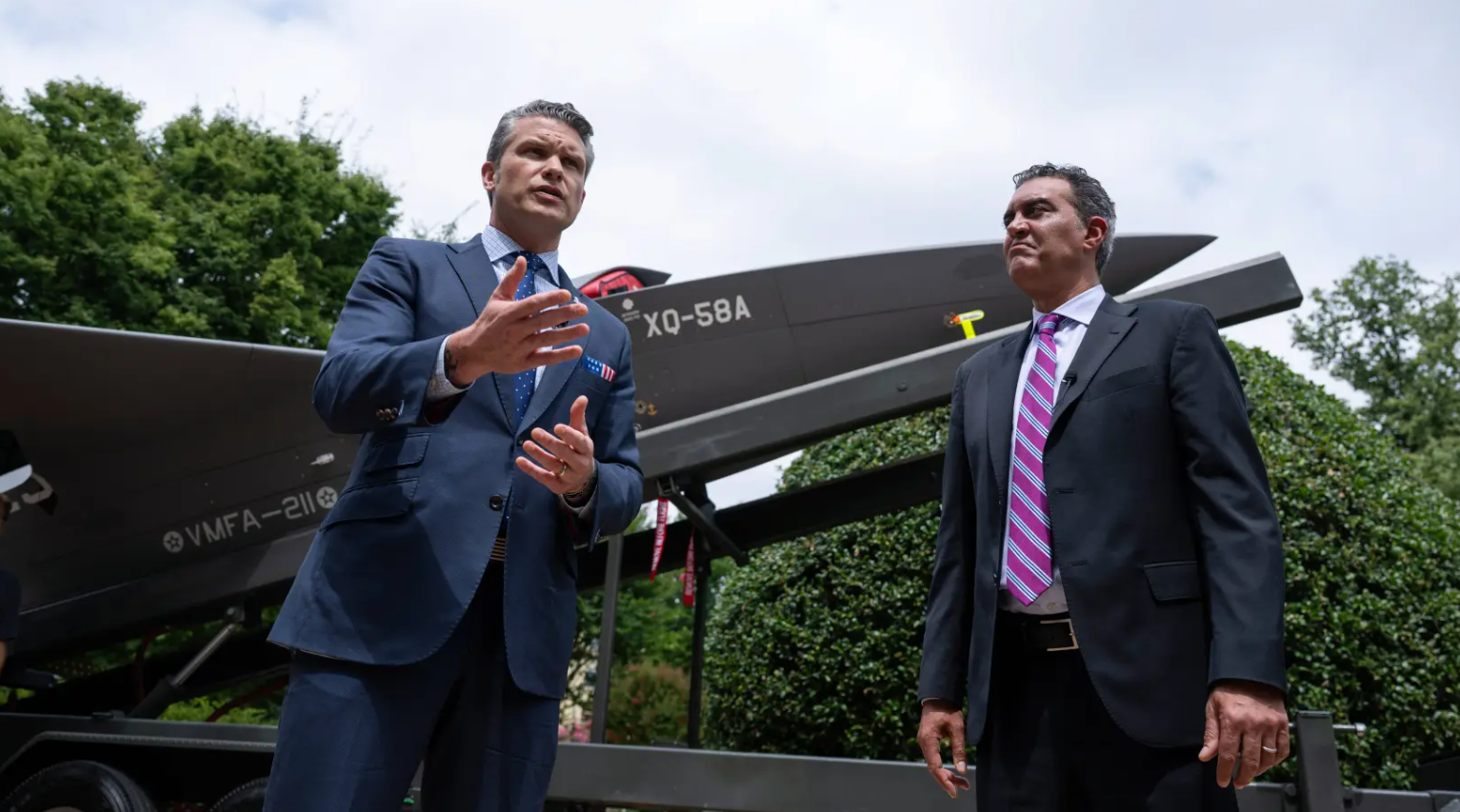



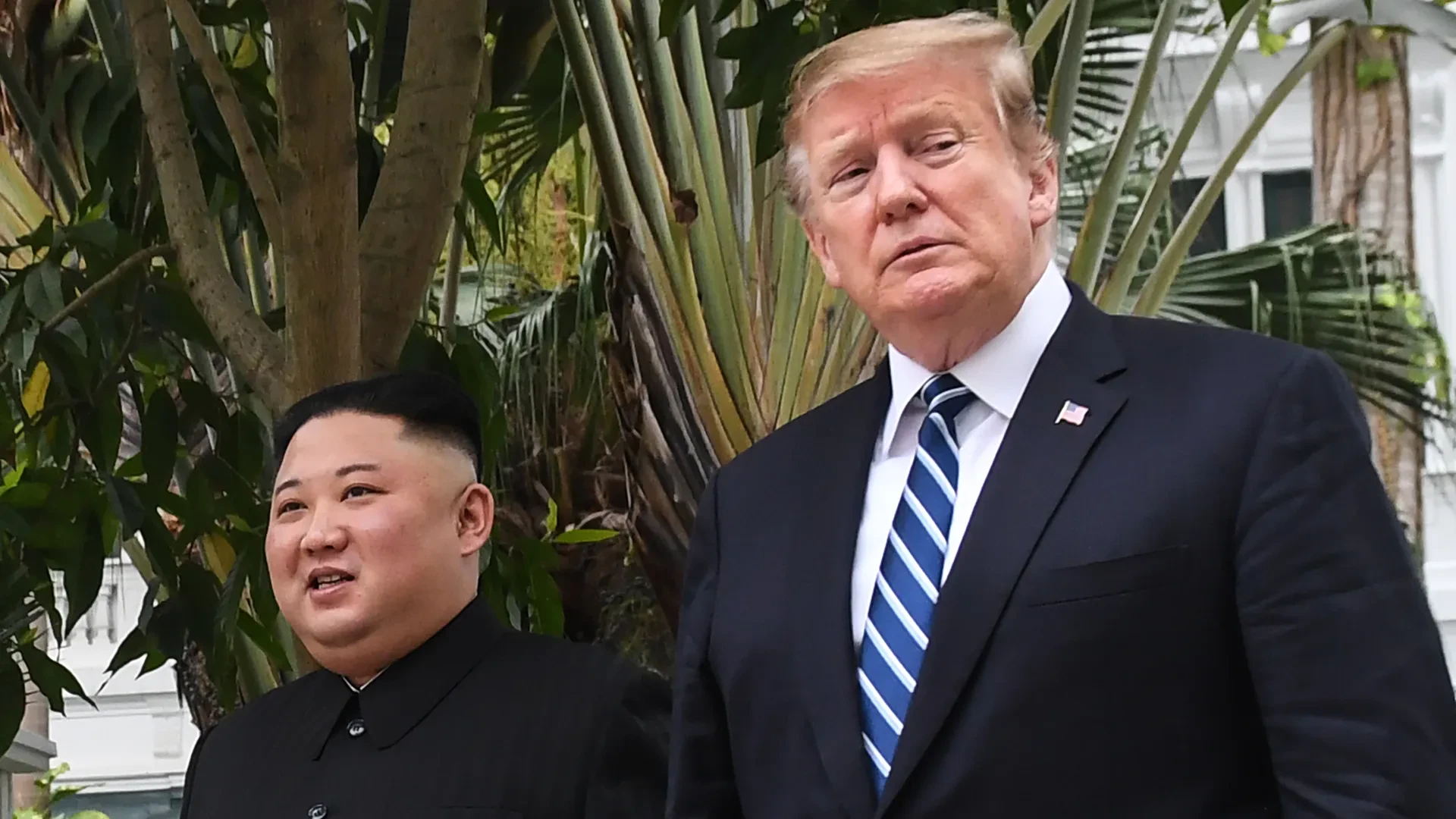
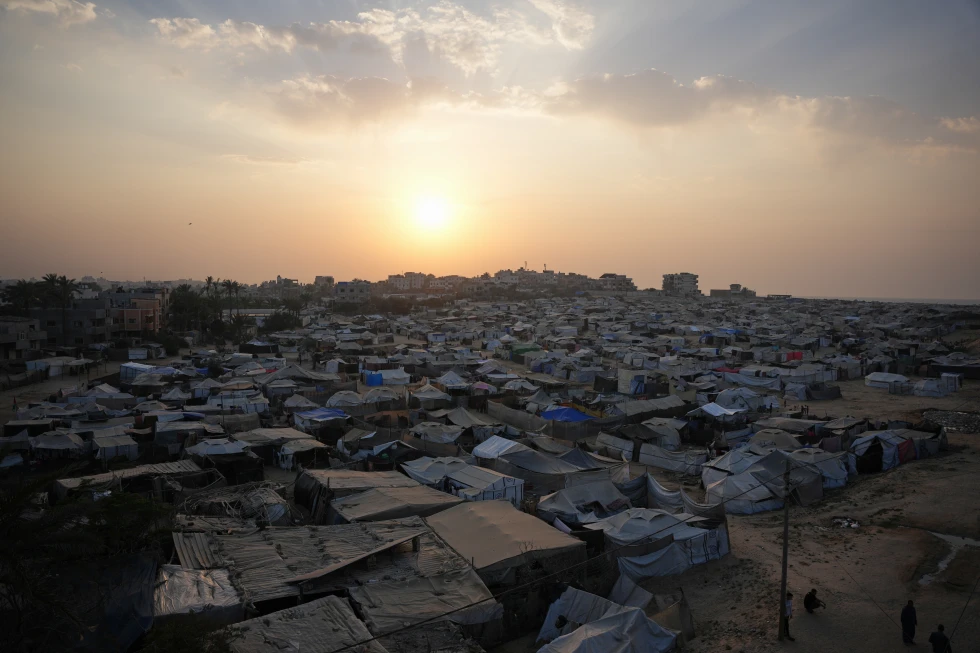
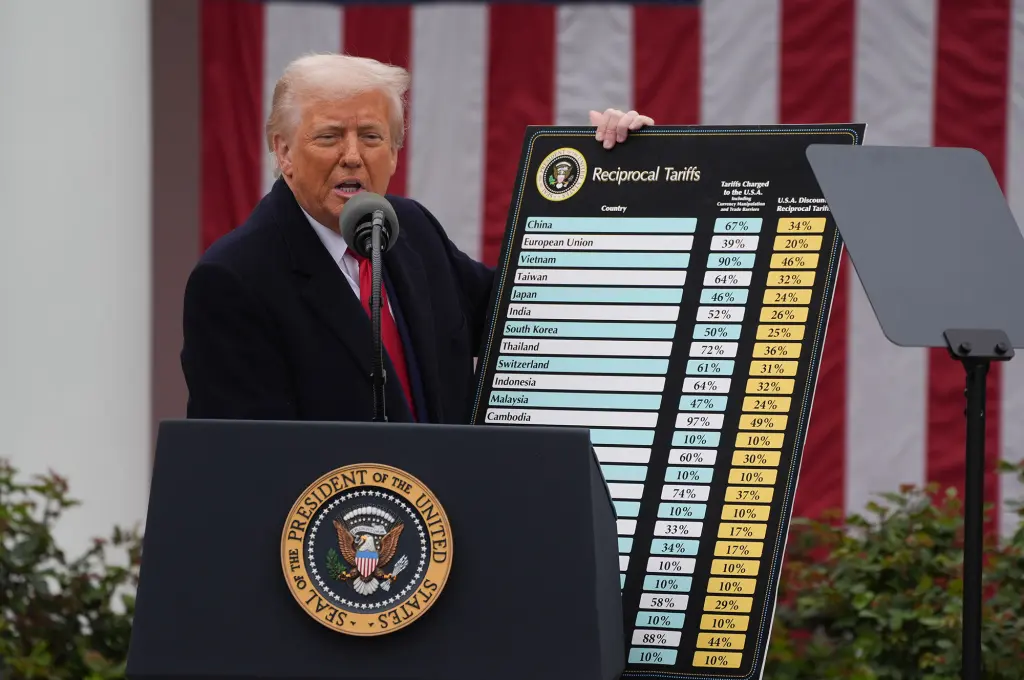
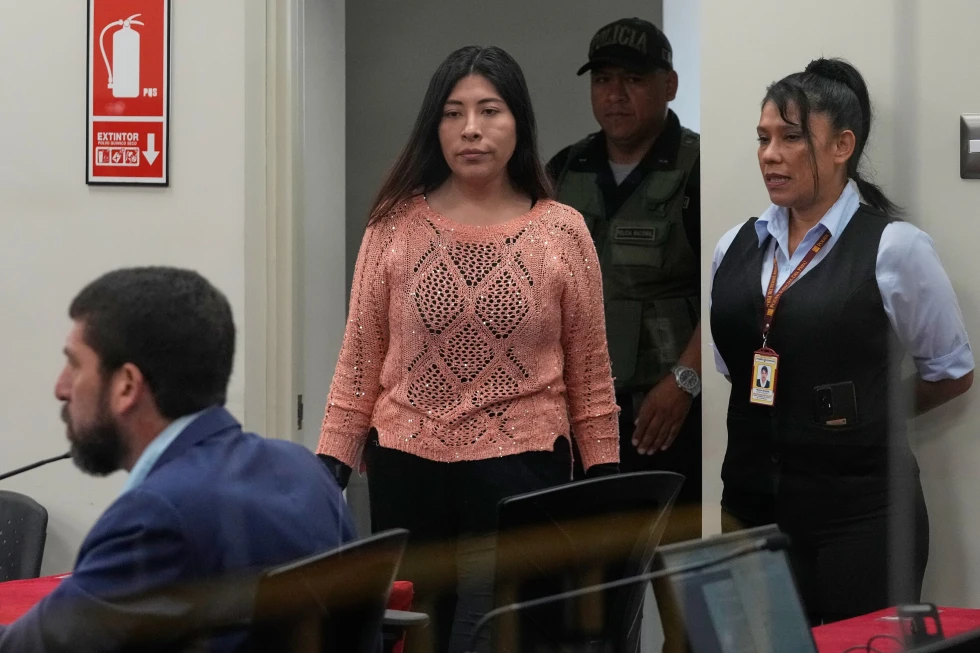
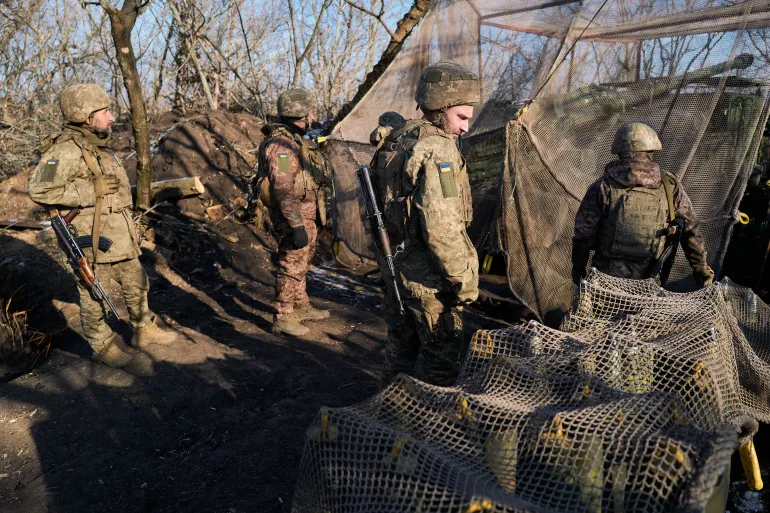

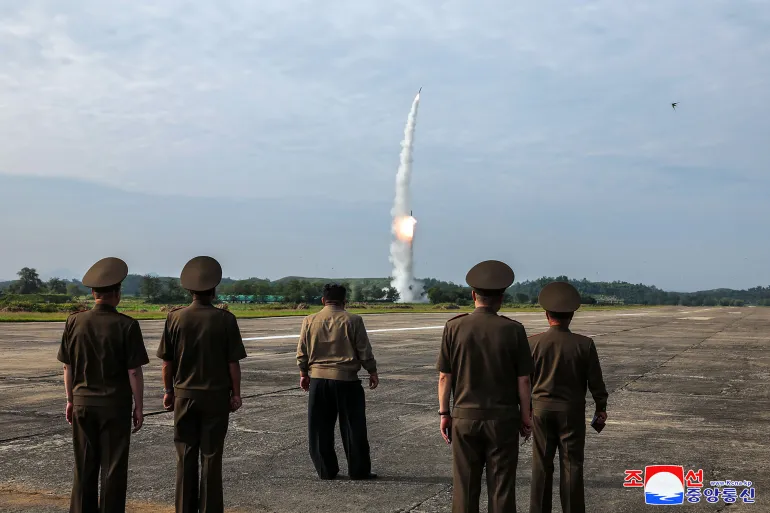

Discussion